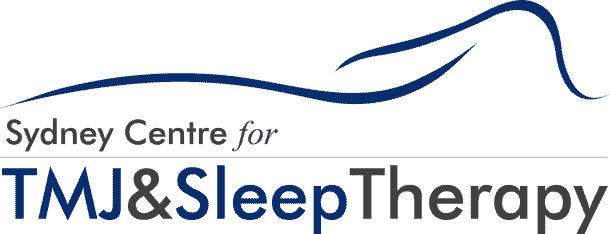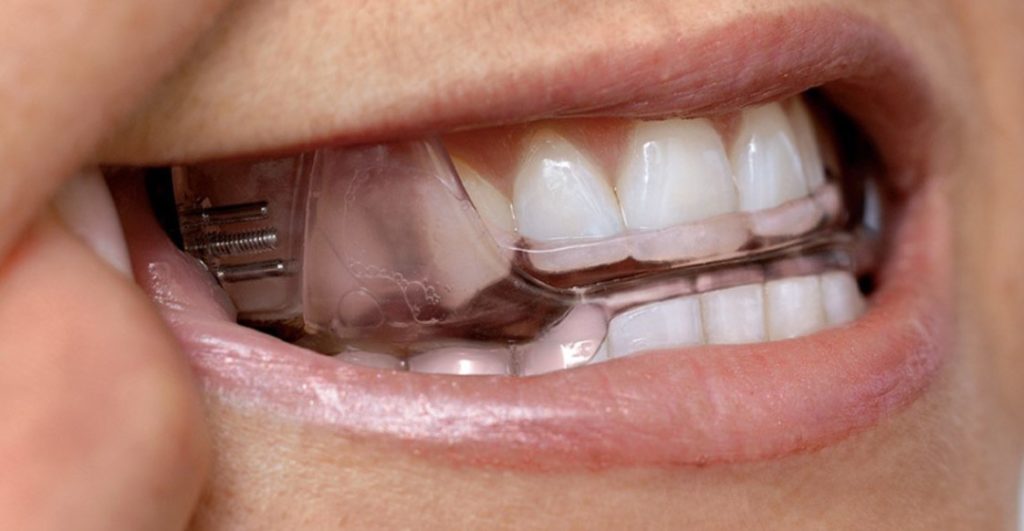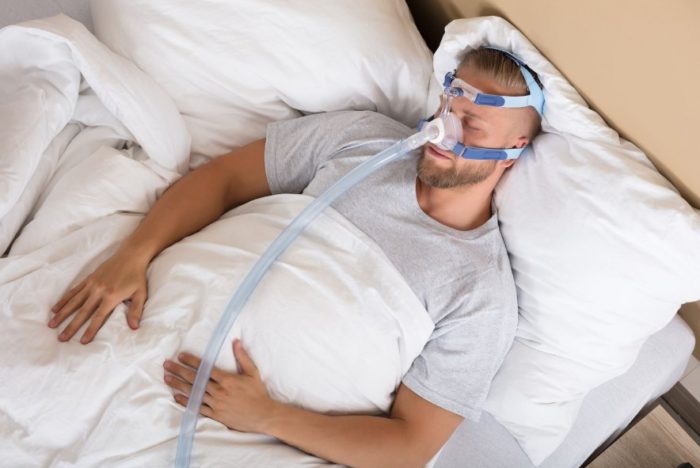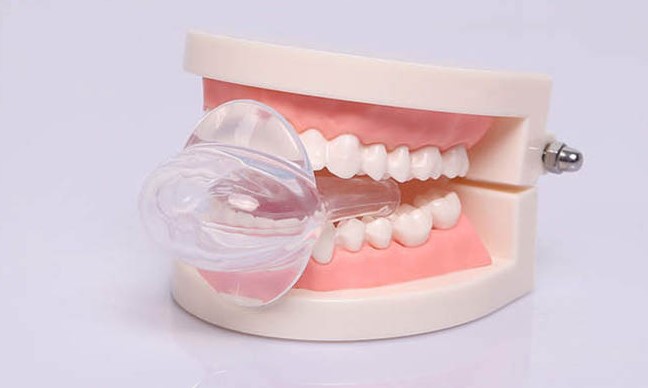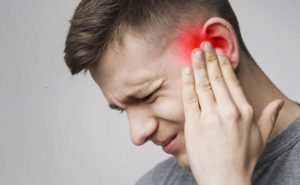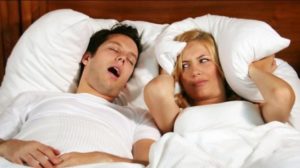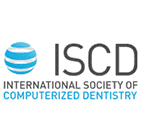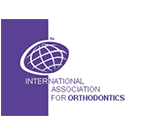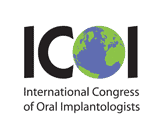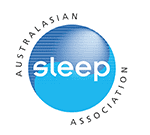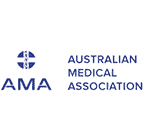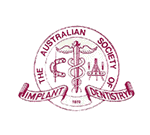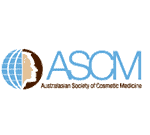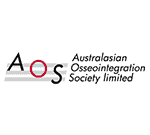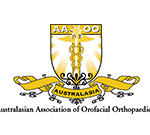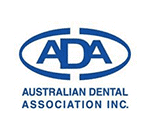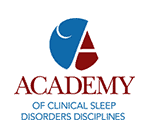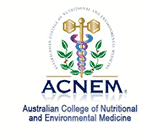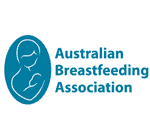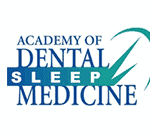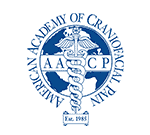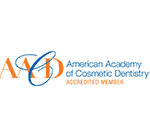Continuous positive airway pressure (CPAP) therapy is the most common, cost-efficient, and effective treatment for obstructive sleep apnea (OSA). When used properly, the success rate of this treatment can be as high as 100%. However, CPAP is cumbersome. Plus, the machine makes a noise at night. Thankfully, there are other alternative treatments for sleep apnea you can try. One of the most popular alternatives right now is the sleep apnea dental appliance.
CPAP is the best there is, but it’s not for everyone
By providing air pressure just high enough to keep the airways open, patients can get the much-needed oxygen for the optimal function of the brain and body while they sleep. This small, bedside machine doesn’t only improve sleep quality, it also improves the quality of life in general by greatly reducing health risks and issues associated with sleep apnea, such as hypertension, stroke, diabetes type 2, heart disease, and more.
However, it is no secret that CPAP is neither comfortable nor convenient. The thought of being attached to a machine, via tube, and wearing a breathing mask on your face while you sleep doesn’t appeal to everyone. Not to mention the noise that the machine makes all night. Also, for people who travel a lot and sleep in different hotels and on planes, taking the bulky machine while travelling is impractical. So, is there any effective and practical alternative to CPAP? Yes, there are dental or oral appliances.
Does oral appliance therapy work for sleep apnea?
Yes. Much like the CPAP, this alternative treatment prevents the airways from collapsing while sleeping, keeping them open for normal breathing.
Understanding Sleep Apnea Dental Appliances
A dental appliance also referred to as an oral mandibular advancement device is the most popular alternative treatment for sleep apnea. It is more comfortable and convenient than CPAP therapy, and it is usually prescribed to patients with mild to moderate cases of sleep apnea.
How sleep apnea dental appliances work
Dental appliances look like mouth guards, and they work by repositioning the lower jaw and/or tongue to allow the airways to open throughout your sleep. Only dentists and sleep specialists with expertise in these devices are qualified to prescribe such treatment, thus, they are the only ones who can determine whether this treatment will work for certain individuals.
What dental appliance is used for sleep apnea?
There are three categories of dental appliances used for treating sleep apnea.
Mandibular Advancement Device
As its name suggests, the mandibular advancement device (MAD), also sometimes referred to as mandibular repositioning device (MRD), pushes the lower jaw (lower mandible) and tongue forward.
Resembling a mouthguard, MAD is made up of molded hard plastic, this device works by reducing the constriction around the throat, preventing snoring by opening up the airways.
Most MAD devices are custom-made by dentists to fit specifically to the patient’s mouth. There are also semi-custom options. Others, which are called boil-and-bite, are available over-the-counter and feature softer and pliable material that you can boil to soften and fit into your teeth by biting down and molding it on the shape of your mouth to fit.
This treatment, however, is not suitable for patients with severe dental problems or those wearing dentures.
Tongue-Retaining Devices (TRDs)
TRD is made to keep the tongue in a forward position, so it doesn’t collapse back and block the airways. But unlike MADs which resemble a mouth guard, TRDs resemble a pacifier, except that you have to stick your tongue out so it can hold it in place via suction. It consists of a soft plastic splint placed around your tongue to hold it forward as you sleep. With that said, this option is a lot more uncomfortable than MAD and can make your mouth dry.
Soft Palate Lifters
As its name suggests, this option raises the uvula and soft palate of the mouth. It stops snoring by reducing vibrations from the soft palate.
While researchers and manufacturers continue to improve this sleep apnea alternative, its benefits are yet to be medically proven.
Benefits of Sleep Apnea Dental Appliances
Compared to CPAP machine therapy, the dental or oral appliance route is far more comfortable and convenient. Since they are small and easy to use, they are easy to carry around and travel with, resulting in higher compliance and better outcome.
When used as prescribed, a dental appliance can help improve sleep quality by reducing the frequency and intensity of sleep apnea and its symptoms. First-timers to this treatment can see the benefits on their first night of use.
Other benefits of this treatment option include:
- Works without electricity.
- Easy to clean and take care of.
- Doesn’t make a noise.
Limitations, risks, and side-effects
Unfortunately, this treatment is not for everyone.
As said earlier, the use of a dental appliance is limited to people with mild to moderate cases of sleep apnea. Also, older adults, obese (patients with excessive fat tissue around their neck), with stiff jaws, people with dental problems (gum disease, multiple teeth decay, etc.), and people with central sleep apnea (sleep apnea caused by a neurological condition, rather than mechanical), aren’t good candidates for this treatment.
Also, though non-invasive, this treatment doesn’t come without risks. Wearing a device that pushes your jaw forward can cause discomfort around the jaw (temporomandibular joint pain) and mouth. Other risks include:
- Bite changes.
- Toothache.
- Loose teeth.
- Excessive drooling that leads to mouth dryness.
- Gum irritation.
Although these side effects are usually mild, you must pay attention to them as they can lead to serious dental health problems in the long run.
The Takeaway
While CPAP remains the gold standard for sleep apnea treatment, it is not the only viable option for most patients. Sleep apnea dental appliances offer a great alternative, specifically for sleep apnea patients with mild to moderate conditions. The side effects are minimal and preventable with good dental hygiene and care.
If you want to try this treatment alternative, it is best to talk to your dentist or doctor (sleep specialist) to determine whether you are a good candidate and to get a custom-fitted device for your mouth and teeth.
Frequently Asked Questions
1. How long does an oral appliance for sleep apnea last?
A. With continuous wear, a single dental appliance can last up to 2 years of use. Depending on the patient’s case, some may need replacement every six months of use. Replace the dental appliance regularly, as wear and tear can render it ineffective.
2. How much does a sleep apnea oral device cost?
A. Depending on your location and specialist, the cost of sleep apnea dental appliances ranges from $1,800 to $2,000. The cost includes the whole process, from dental visits, follow-up checkups, fitting, and the appliance itself. Moreover, many dental insurance companies cover the cost of this treatment.
